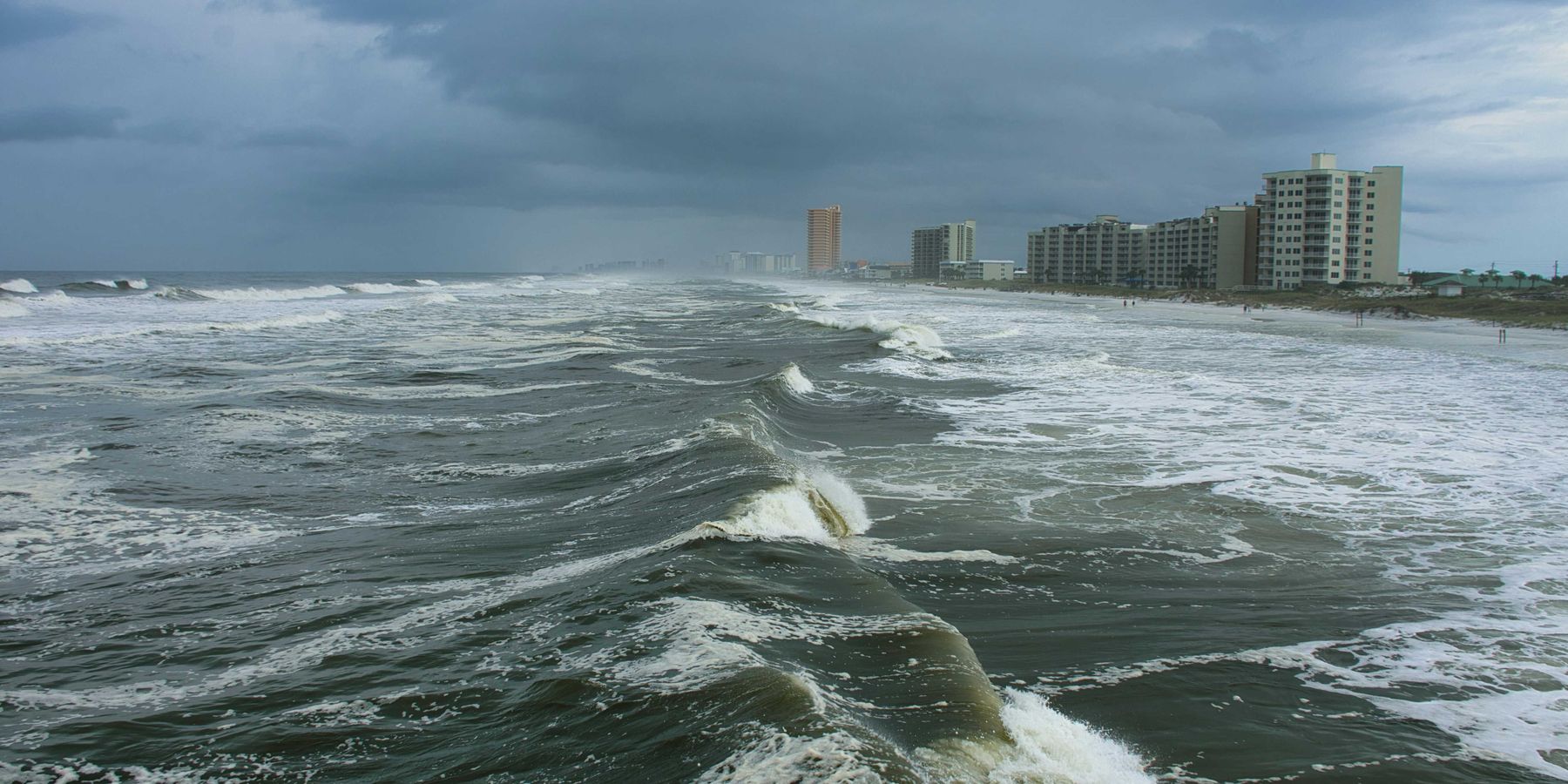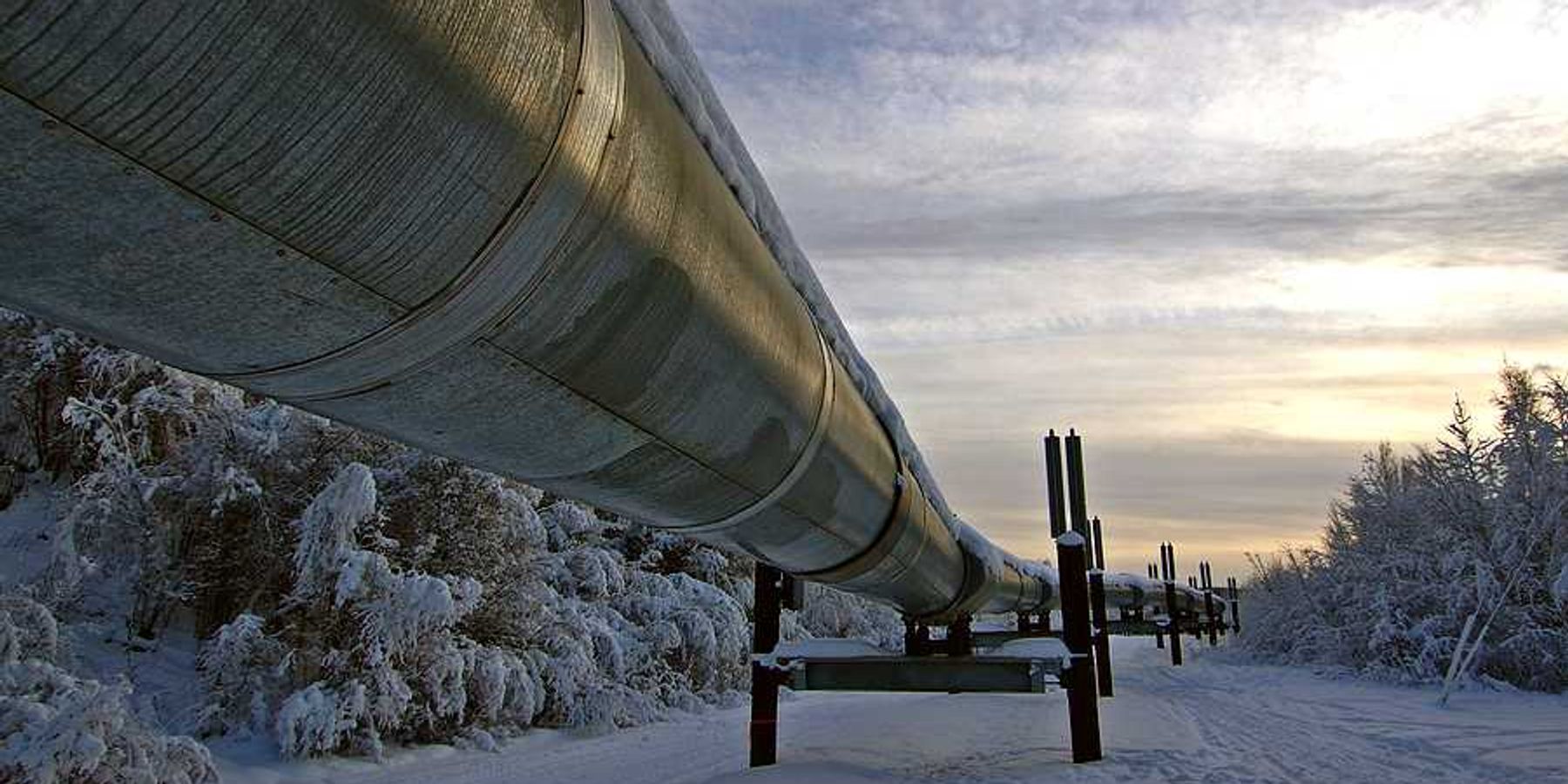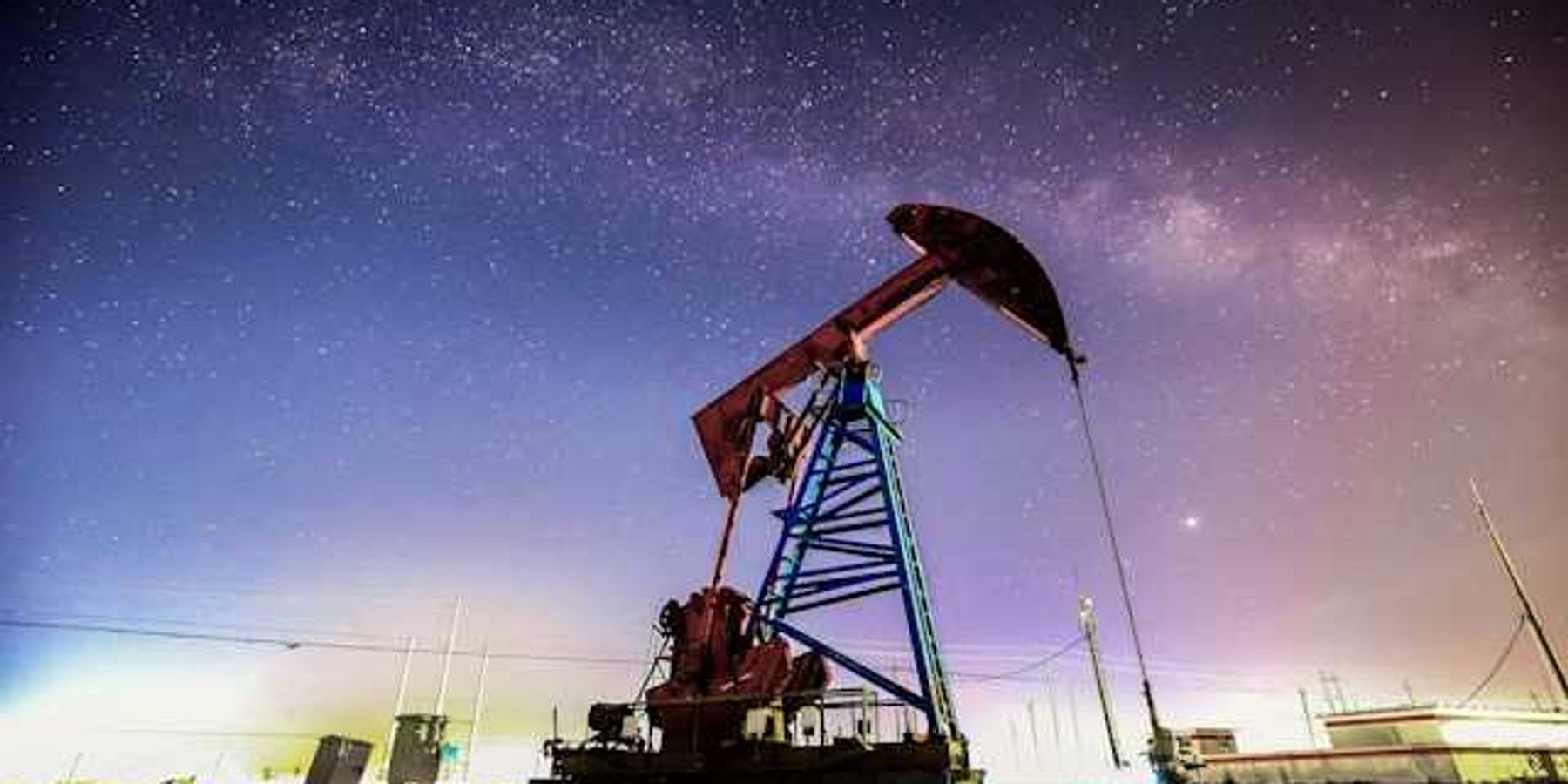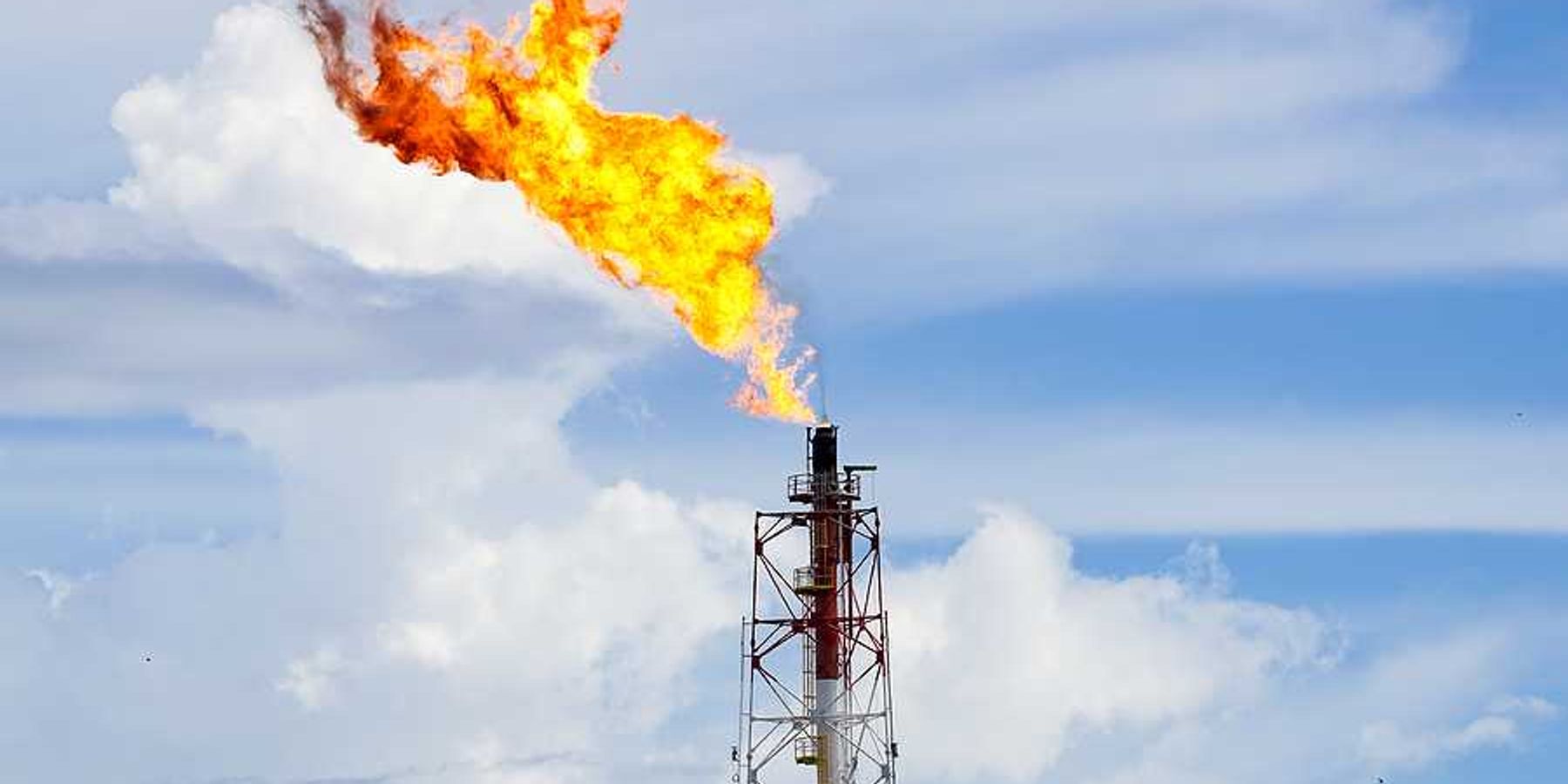Iowa carbon pipeline regulations challenged by Summit
Summit Carbon Solutions claims Iowa counties lack the authority to enforce ordinances restricting the siting of carbon dioxide pipelines, stating that state and federal regulators have ultimate control.
Jared Strong reports for Iowa Capital Dispatch.
In short:
- Summit Carbon Solutions seeks to overturn county ordinances that mandate setbacks for carbon pipelines, arguing these regulations conflict with state and federal authority.
- Federal and state regulators are said to have exclusive jurisdiction over pipeline safety, according to Summit and its supporters.
- The case, involving appeals from Shelby and Story counties, will be heard by the Eighth Circuit U.S. Court of Appeals, with a decision expected next year.
Key quote:
“Local governments have traditionally exercised broad powers to regulate land use, including setback distances and property development that includes development in the vicinity of pipelines.”
— Alan Mayberry, pipeline safety administrator, PHMSA
Why this matters:
Summit Carbon Solutions’ stance underscores a broader trend where large energy and infrastructure firms seek to bypass local regulations, often arguing that a unified regulatory framework is essential for the development of critical projects. For this company, this means pushing forward with plans to construct extensive CO2 pipelines intended to capture and transport carbon emissions from industrial sources to underground storage sites. These pipelines are a key component of strategies aimed at reducing greenhouse gas emissions and mitigating climate change.













